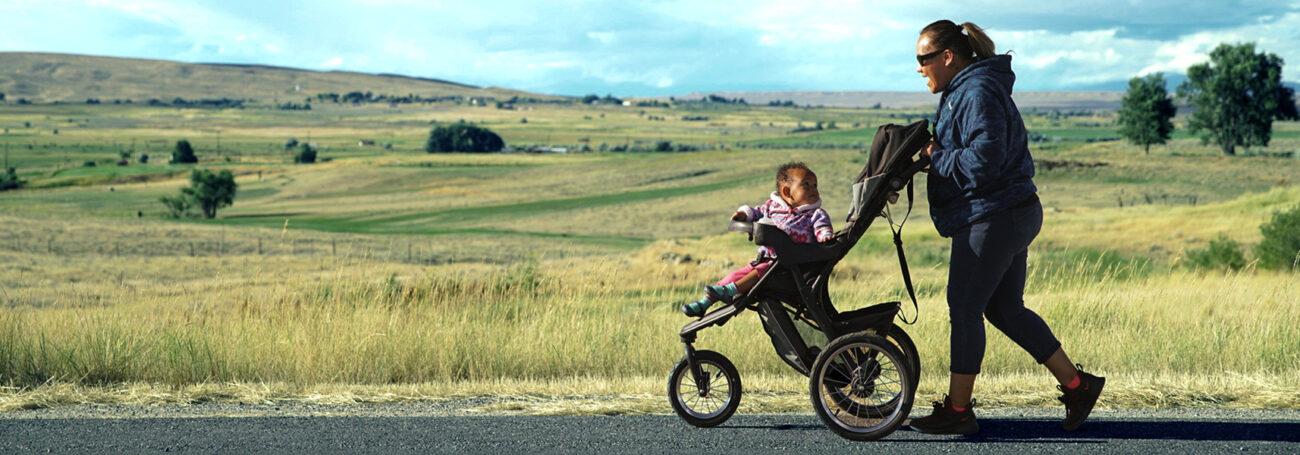Kentucky
Models implemented in Kentucky included Attachment and Biobehavioral Catch-Up, Early Head Start Home-Based Option, Family Check-Up, Health Access Nurturing Development Services, Home Instruction for Parents of Preschool Youngsters, Maternal Infant Health Outreach Worker Program, and Parents as Teachers. Statewide, 73 local agencies operated at least one of these models.
Race
<1% American Indian Alaska Native
1% Asian
10% Black
<1% Native Hawaiian Pacific Islander
87% White
1% Multiple
0% Another race
Ethnicity
3% Hispanic or Latino
Caregiver Education
19% No high school diploma
Child Age
43% <1 year
51% 1-2 years
6% 3-5 years
Child Insurance Status
88% Public
9% Private
4% None
Primary Language
88% English
9% Spanish
3% Another language
Potential Beneficiaries
In Kentucky, there were 250,300 pregnant women and families with children under 6 years old not yet in kindergarten who could benefit from home visiting. These families included 311,700 children.
311,700 children could benefit from home visiting
Of the 311,700 children who could benefit —
250,300 families could benefit from home visiting
Many home visiting services are geared toward particular subpopulations. The NHVRC estimated the percentage of families who could benefit in Kentucky who met the following priority criteria:
- Child <1 20%
- Single mother 23%
- Parent with no high school diploma 5%
- Pregnant woman or mother <21 3%
- Low income 21%
Of the 250,300 families who could benefit —
50% of families met one or more priority criteria
17% of families met two or more priority criteria
